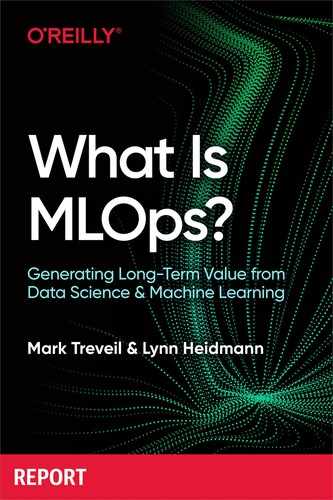Book Description
For years, organizations have struggled to move data science, machine learning, and AI projects from the realm of experimental to having real business impact. One reason is because pivoting operations around these technologies involves more than just technology--the orchestration of people and processes is also critically important. In the wake of the global health crisis, the need for structure around building and maintaining machine learning models (much less tens, hundreds, or thousands of them) has only grown.
With this report, business leaders will learn about MLOps, a process for generating long-term value while reducing the risk associated with data science, ML, and AI projects. Authors Lynn Heidmann and Mark Treveil from Dataiku start by introducing the data science-ML-AI project lifecycle to help you understand what--and who--drives these projects.
You'll explore:
- Detailed components of ML model building, including how business insights can provide value to the technical team
- Monitoring and iteration steps in the AI project lifecycle--and the role business plays in both processes
- How components of a modern AI governance strategy are intertwined with MLOps
- Guidelines for aligning people, defining processes, and assembling the technology necessary to get started with MLOps
Table of Contents
- 1. Introduction to MLOps and the AI Life Cycle
- 2. Developing and Deploying Models
- 3. Model Monitoring and Iteration
- 4. Governance
- 5. Get Started with MLOps
